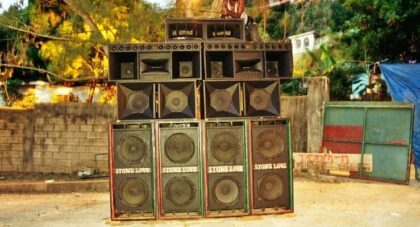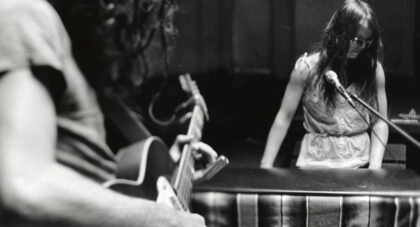Despite his success working with other musicians, Mosdell's experimental solo album, Equasian (1982, Alfa Records), remains a relative obscurity outside the borders of Japan. In this conversation, we spoke with the lyricist about his early career with Yellow Magic Orchestra and how his eclectic album of musical concrete poems came to be . . .
Only the good shit. Aquarium Drunkard is powered by its patrons. Keep the servers humming and help us continue doing it by pledging your support.
To continue reading, become a member or log in.


